Eid ul Adha 2023 in Pakistan:
Eid- ul-Adha, also known as the Festival of Sacrifice, is a significant Islamic holiday celebrated worldwide by Muslims. In Pakistan, it holds immense religious and cultural importance. This article provides an overview of Eid- ul-Adha in Pakistan, including the dates for 2023, its significance, times of namaz, famous dishes and the various customs and traditions associated with the festival. Eid- ul-Adha commemorates the willingness of Prophet Ibrahim(Abraham) to sacrifice his son as an act of obedience to God. According to Islamic tradition, at the last moment, God intervened and provided a sacrificial animal instead. This event symbolizes the significance of submission to God’s will and the importance of sacrifice in the life of a Muslim.
Eid ul Adha in Pakistan date 2023 When Eid ul Adha expected in Pakistan?

Eid- ul-Adha in Pakistan follows the Islamic lunar calendar, which is based on the sighting of the moon. The exact dates of the festival vary each year and are subject to moon sightings. As of the current information available, Eid- ul- Adha 2023 in Pakistan is expected on the evening of 28-June- 2023, subject to the confirmation of the sighting of the moon. Consult the local Islamic authorities or check with official sources closer to the confirmed date of Eid ul-Adha 2023 in Pakistan.
Eid ul Adha 2023 Prayer Time in Pakistan
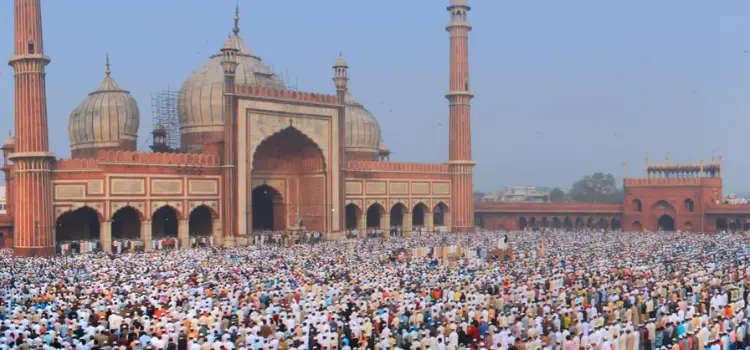
Prayer times can vary depending on the location within Pakistan. It is recommended to consult your local mosque or Islamic organizations or refer to reliable Islamic websites or mobile applications to get accurate and up-to-date prayer timings for Eid ul-Adha 2023 in your specific area in Pakistan. Typically the prayer is performed after Sunrise on the day of Eid ul-Adha. The prayer should be conducted when the sun rises to a height approximately two meters from the ground. Moreover, the prayer time generally lasts 15 to 20 minutes after Sunrise.
Eid ul Adha 2023 Holidays in Pakistan
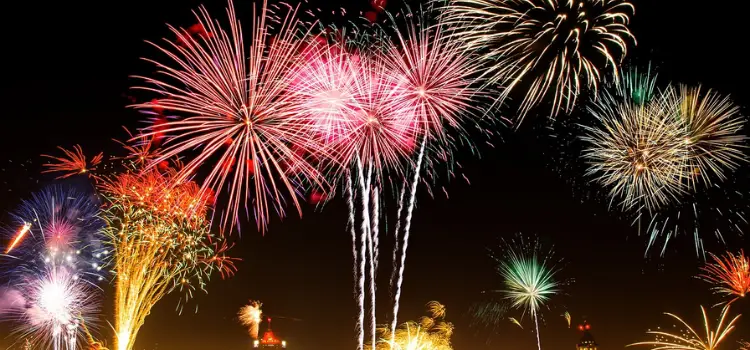
Eid- ul-Adha in Pakistan is typically observed for three days, starting from the day of Eid itself. The exact holiday dates for Eid -ul-Adha 2023 will be officially announced by the government closer to the time, as they are based on the sighting of the moon and may vary slightly each year. Muslims in Pakistan eagerly await these holidays, as they provide an opportunity to celebrate and spend time with family and loved ones. During the Eid ul-Adha holidays, the entire country undergoes a vibrant transformation. Government offices, educational institutions, and most businesses remain closed to allow people to immerse themselves in the festivities fully. This break allows individuals to take a break from their daily routines and focus on the spiritual aspects of the festival. Various customs and traditions mark the holiday period. Families come together to offer prayers at mosques or designated prayer areas, seeking blessings and expressing gratitude. The sacrificial ritual, known as Qurbani, takes place where animals such as sheep, goats, cows, or camels are sacrificed, symbolizing Prophet Ibrahim’s willingness to sacrifice his son as an act of obedience to God. The atmosphere is filled with joy and happiness following the prayers and Qurbani. Families and friends gather to share meals and exchange gifts. Special dishes, including succulent meat dishes like biryani, kebabs and sweet treats like sheer khurma, are prepared and enjoyed. It is also common for people to visit relatives, friends, and neighbours, spreading warmth and extending well wishes. Additionally, during this time, charity and kindness are highly encouraged.
How is Eid ul Adha 2023 Celebrated in Pakistan?
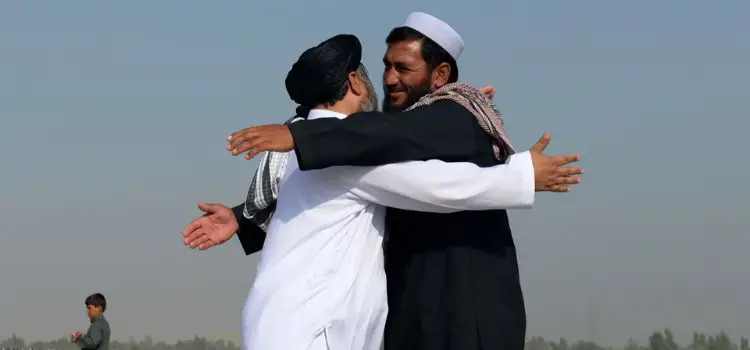
1. Preparations and Cleaning: In the days leading up to Eid ul- Adha, Pakistanis engage in thorough cleaning of their homes, symbolizing the purification of the soul. They also decorate their homes with colourful lights, lanterns, and traditional ornaments to create a festive atmosphere. Additionally, individuals shop for new clothes, often purchasing traditional garments, as they prepare to celebrate the occasion with style.
2. Special Prayers: Eid- ul-Adha begins with special congregational prayers, known as Eid prayers. Muslims in Pakistan gather in mosques, prayer grounds, or open spaces to perform these prayers. Led by an imam, the prayers are a unifying experience, with worshippers standing shoulder-to-shoulder, reaffirming the values of unity and devotion.
3. Qurbani (Animal Sacrifices): Qurbani holds great significance during Eid ul-Adha in Pakistan. Muslims who can afford it purchase animals, such as goats, sheep, cows, or camels, to sacrifice. The act of sacrifice symbolizes Prophet Ibrahim’s obedience to God’s command. The meat from the sacrificed animal is divided into three parts: one-third is kept for the family, one-third is shared with friends and relatives, and one-third is distributed among the less fortunate, ensuring everyone can partake in the festive meals.
4. Festive Meals: Eid ul-Adha is a time for indulging in delicious meals and traditional delicacies. The freshly sacrificed meat takes center stage in various dishes, including aromatic biryani succulent kebabs, flavorful curries, and mouthwatering grilled meats. Desserts like sheer khurma (a sweet vermicelli milk pudding) and a variety of traditional sweets add a delightful touch to the celebrations.
5. Visiting and Sharing Joy: Eid ul-Adha is a time to reconnect with loved ones. Pakistanis often visit the homes of relatives, friends, and neighbours to exchange greetings and share the joy of the festival.
6. Acts of Charity and Generosity: Charity plays a significant role during Eid ul-Adha in Pakistan. Many individuals acts of kindness and giving. Donations are made to help the less fortunate.
Dishes You Must make on Eid ul adha 2023:
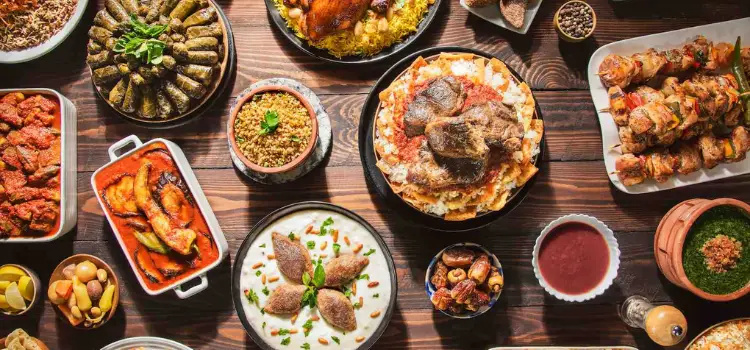
Eid ul-Adha celebrations add flavour and delight to the festive season.
1. Biryani: No Eid ul-Adha celebration is complete without the aromatic and flavorful biryani. Made with fragrant basmati rice, succulent meat (such as mutton, beef, or chicken), and a rich blend of spices, biryani is a festive dish that tantalizes the taste buds. The layers of tender meat and perfectly cooked rice infused with aromatic spices create a symphony of flavours that is sure to impress.
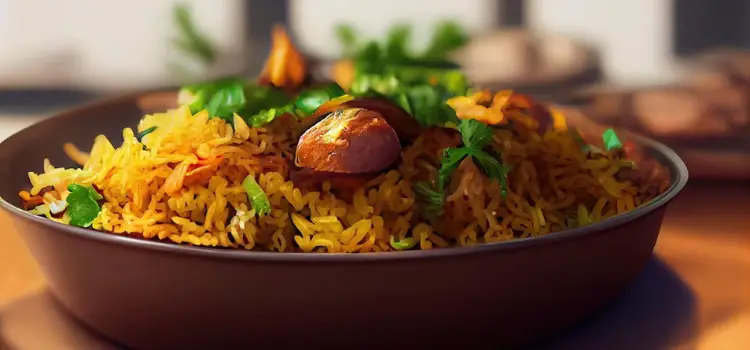
2. Kebabs: Kebabs hold a special place in Eid ul-Adha feasts. Seekh kebabs, made from ground meat mixed with spices and grilled to perfection, are a popular choice. The smoky and juicy kebabs, often served with mint chutney, are a mouthwatering delight that adds a touch of savoriness to the festive spread.
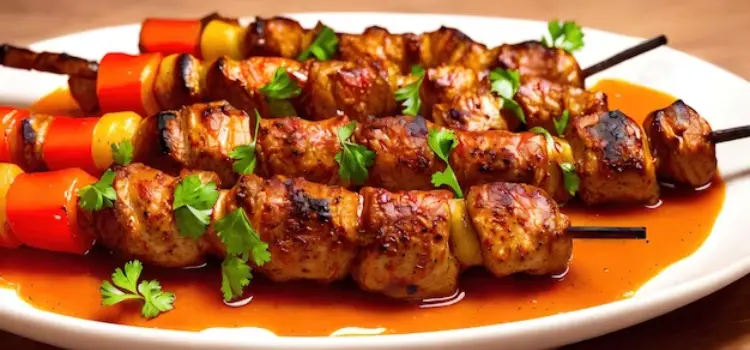
3. Nihari: Nihari is a rich and slow-cooked meat stew that is traditionally enjoyed for breakfast on Eid ul- Adha. Prepared with tender meat (typically beef or lamb), a blend of Adha. Nihari is prepared with tender meat (typically beef or lamb), a blend of aromatic spices, and cooked for hours on a low flame, boasting a luscious texture and a deep, flavorful gravy. This traditional dish is a true Eid morning treat, served with naan or Sheer Maal (sweet bread).
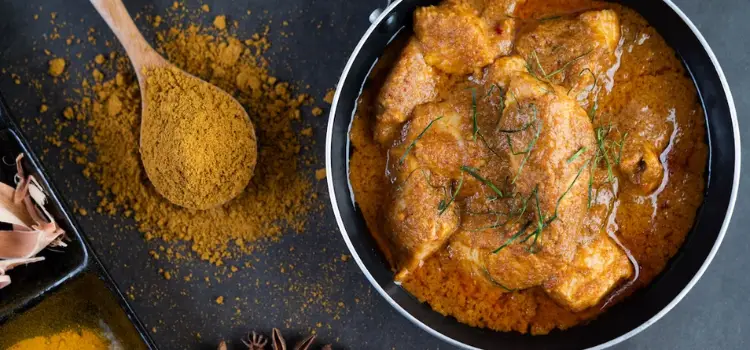
4. Sheer Khurma: Sheer Khurma is a sweet and creamy vermicelli milk pudding that is a staple dessert during Eid ul-Adha celebrations. Prepared by simmering roasted vermicelli, milk, sugar, and an assortment of dry fruits and nuts, Sheer Khurma is sugar and an assortment of dry fruits and nuts; Sheer Khurma is a rich and indulgent dessert. The fragrant cardamom and saffron-infused milk create a heavenly flavour that is sure to satisfy every sweet tooth.
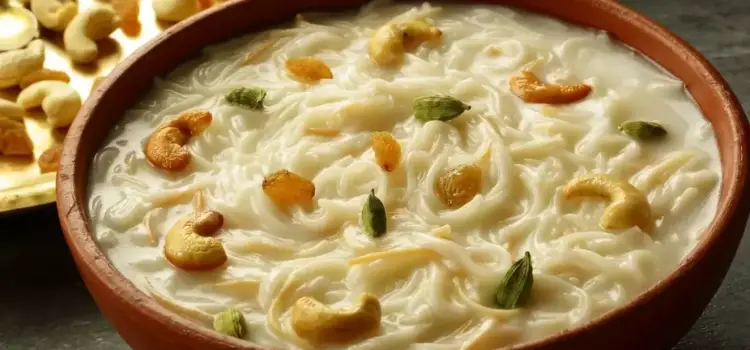
One of the highlights of this joyous occasion is the preparation and enjoyment of a special dish called “Paye.” This delectable delicacy holds a deep cultural and culinary significance during this auspicious time. The traditional meat stew is prepared using the trotters or shanks of an animal, usually a goat or a cow. The dish is slow-cooked for several hours, allowing the flavours to meld together, resulting in a rich and aromatic gravy. The tender meat falls off the bone, imparting a melt-in-your-mouth experience. Paye is served with naan bread or rice, making it a satisfying and fulfilling meal.
Best Recipes To Try This Eid-ul-Adha 2023
Certainly! Here are three traditional Eid ul-Adha recipes 2023 that you can try
Mutton Biryani Recipe
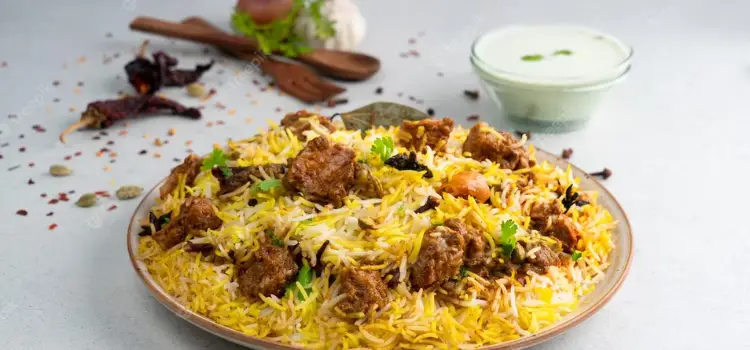
Ingredients:
Two cups basmati rice, 500 grams mutton, cut into pieces, one large onion, thinly sliced, two tomatoes, chopped, 3 tablespoons biryani masala, 1 tablespoon ginger-garlic paste, 1/2 cup plain yogurt, A handful of fresh mint leaves, A handful of fresh coriander leaves,4 cups water, four tablespoons ghee or oil, Salt to taste.
Instructions:
1. Wash the basmati rice and soak it in water for 30 minutes. Drain the water and set the rice aside.
2. In a large pan, heat ghee or oil and fry the thinly sliced onions until golden brown. Remove half of the fried onions and set them aside for fried onions and set them aside for garnishing.
3. To the remaining onions in the pan, add ginger-garlic paste and sauté for a minute.
4. Add the mutton pieces and cook until they are browned on all sides.
5. Stir in the chopped tomatoes, biryani masala, yogurt, and Salt. Cook for a few minutes until the tomatoes soften.
6. Add water and bring it to a boil. Once boiling, add the soaked rice and mix well.
7. Reduce the heat to low, cover the pan with a tight-fitting lid, and cook for about 20-25 minutes or until the rice and mutton are fully cooked.
8. Garnish with fried onions, fresh mint leaves, and coriander leaves.
9. Serve hot with a raita (yogurt sauce) or salad.
Seekh Kebabs Recipe
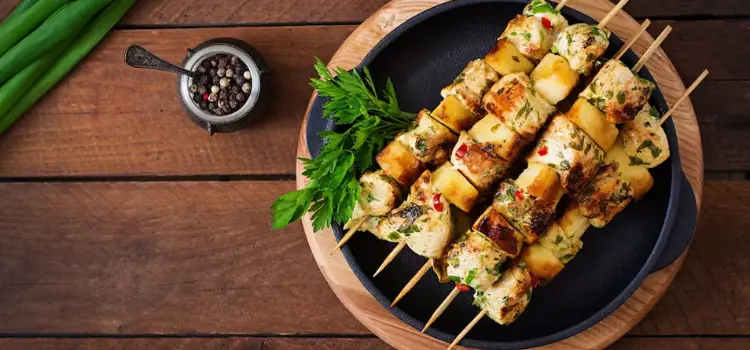
Ingredients:
500 grams minced beef or lamb, two onions, finely chopped, two tablespoons ginger-garlic paste, two green chillies, finely chopped, two tablespoons fresh coriander leaves, chopped, one tablespoon red chilli powder, one tablespoon roasted cumin, powder one tablespoon garam masala powder, Salt to taste, Wooden skewers, soaked in water
Instructions:
1. combine minced meat, chopped onions, ginger-garlic paste, green chillies, coriander leaves, red chilli powder, cumin powder, garam masala powder, and Salt in a bowl.
2. Mix all the ingredients well until thoroughly combined.
3. Paste a handful of the mixture onto a wooden skewer, pressing and moulding it to form a long cylindrical kebab.
4. Repeat the process with the remaining mixture and skewers.
5. Preheat the grill or barbecue.
6. Grill the kebabs on medium heat, turning occasionally, until they are cooked through and evenly browned.
7. Serve the hot seekh kebabs with mint chutney or a squeeze of lemon.





